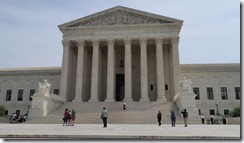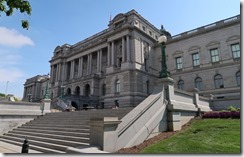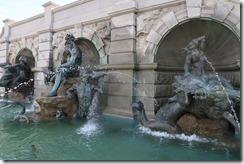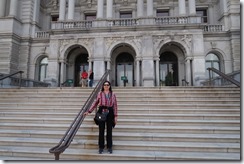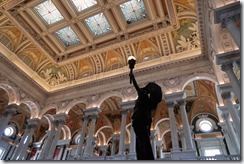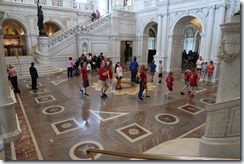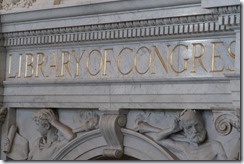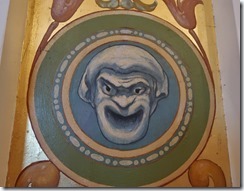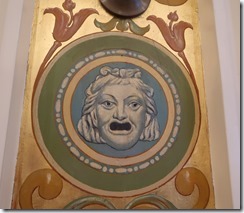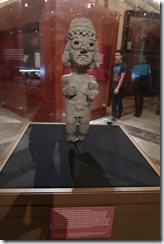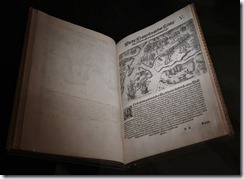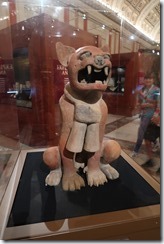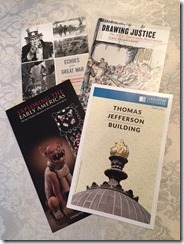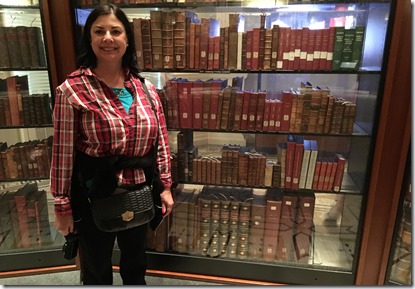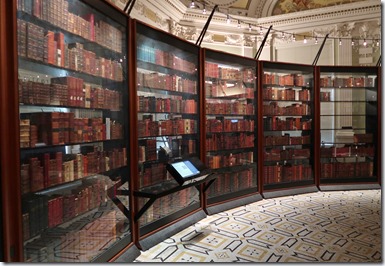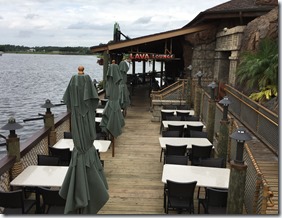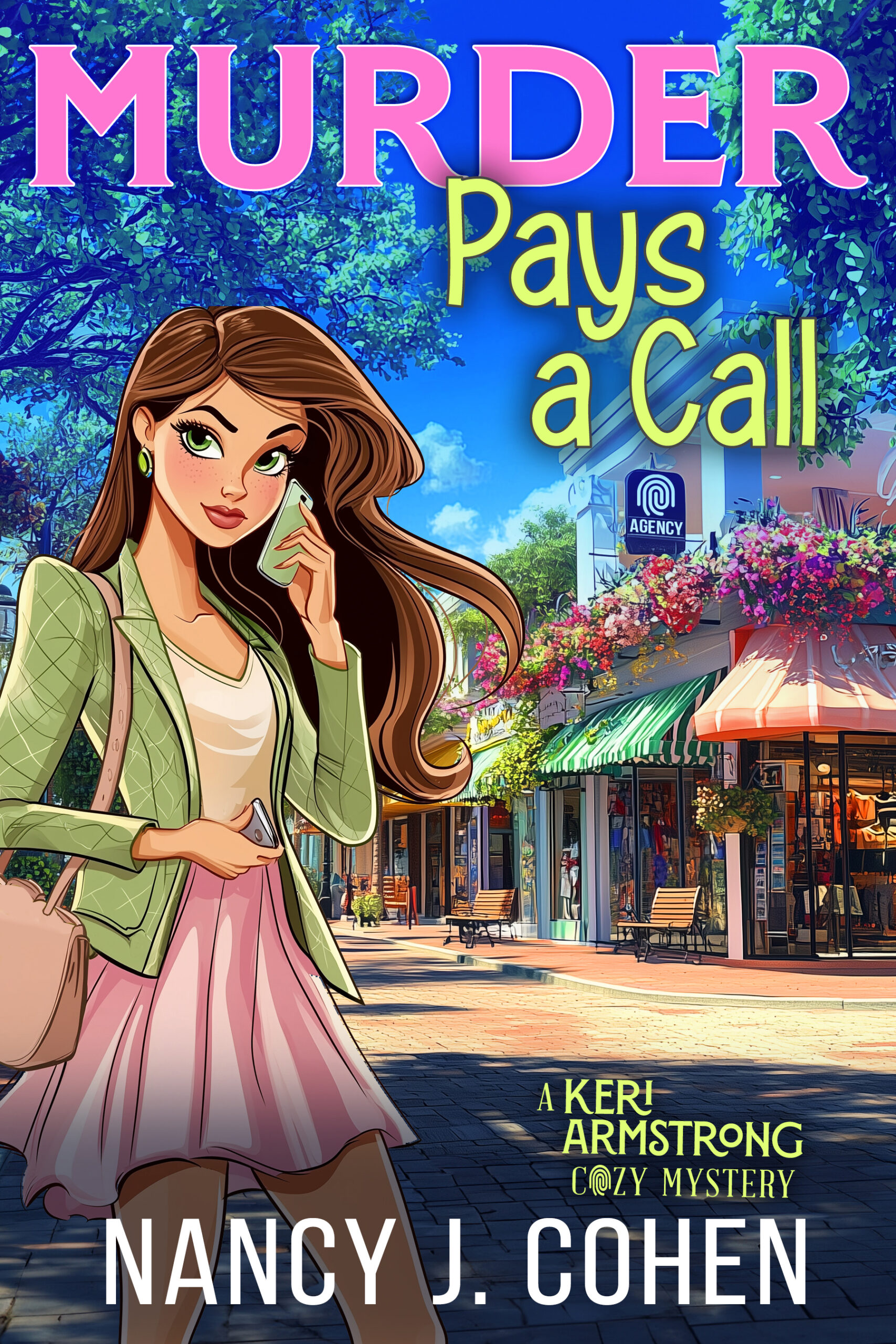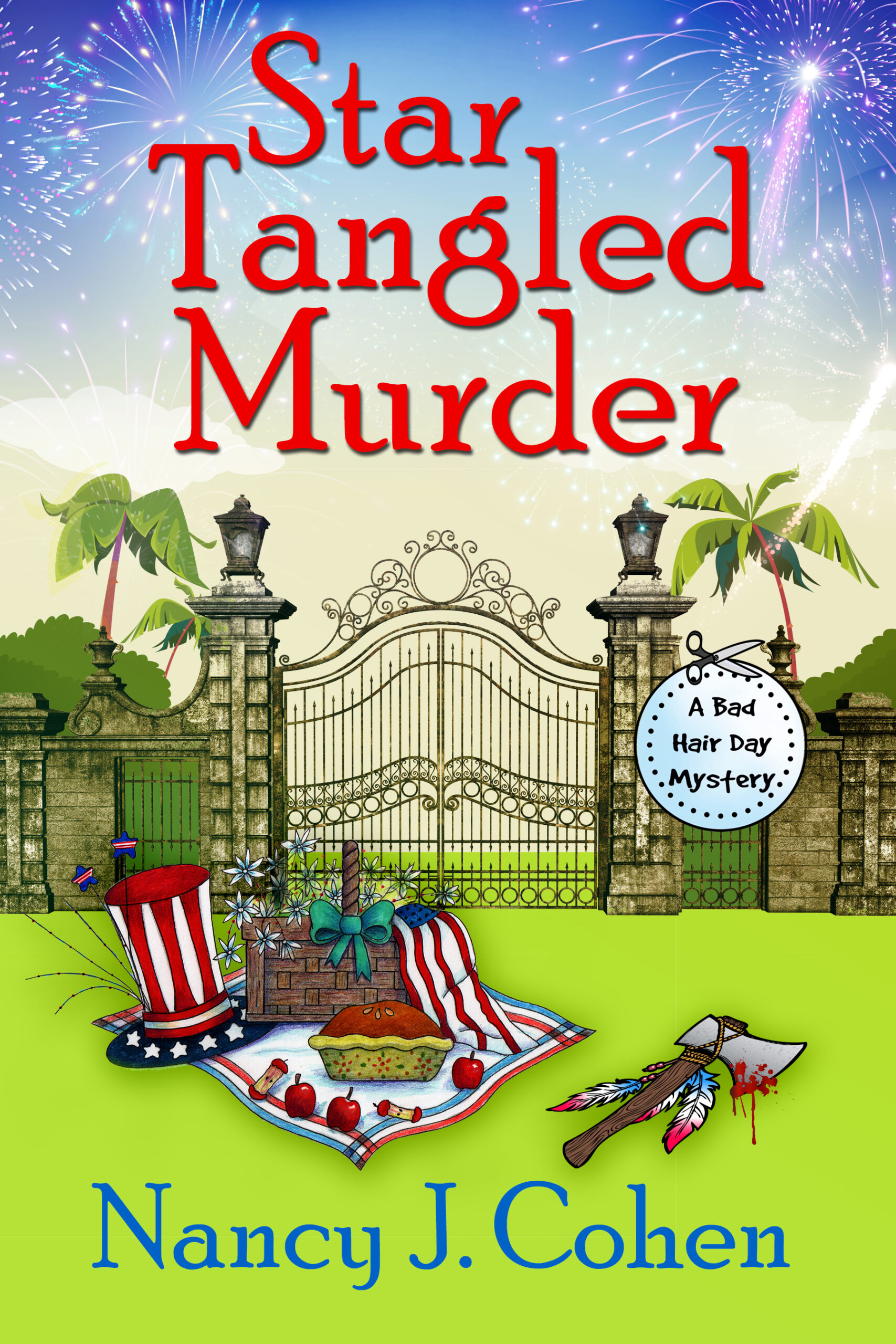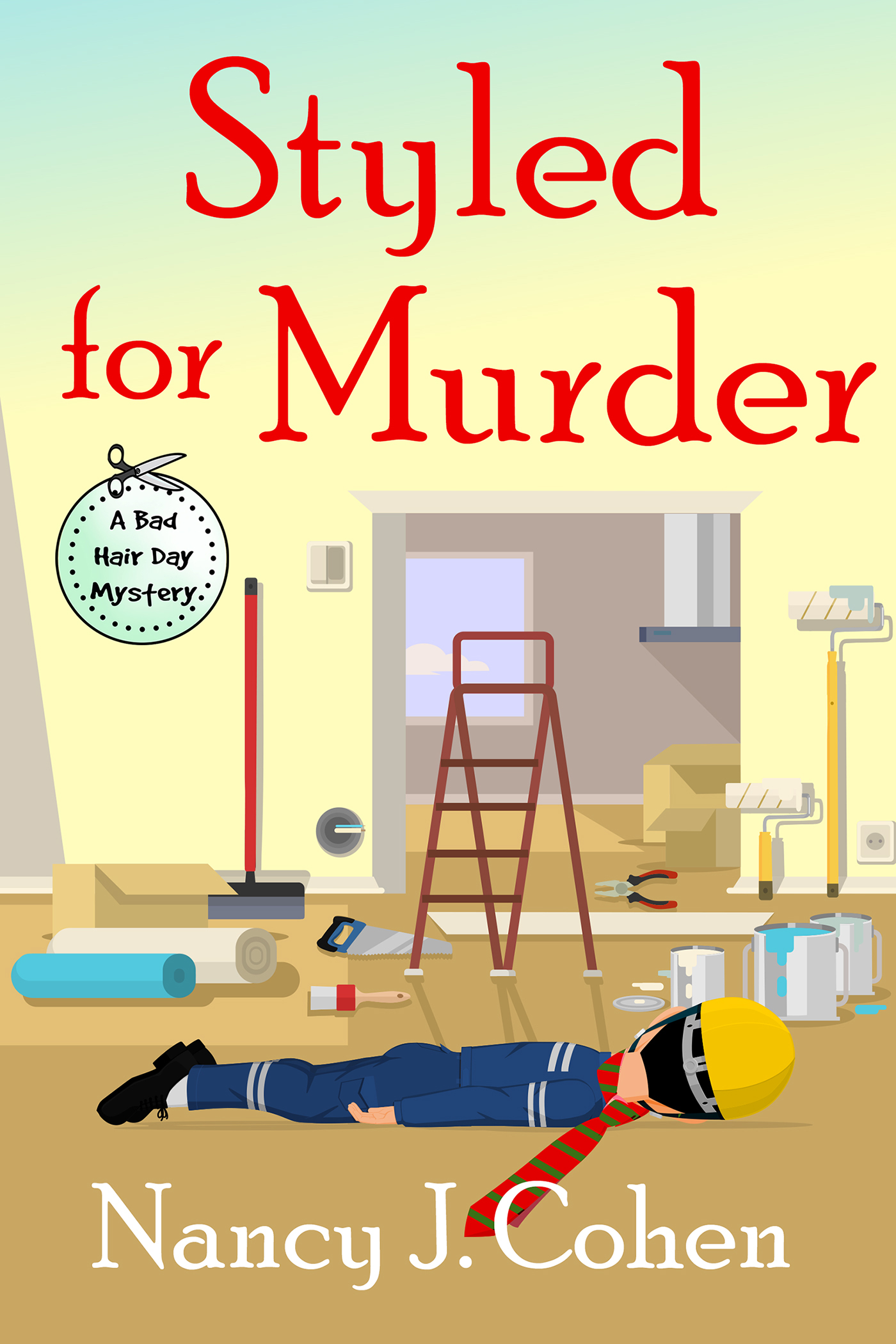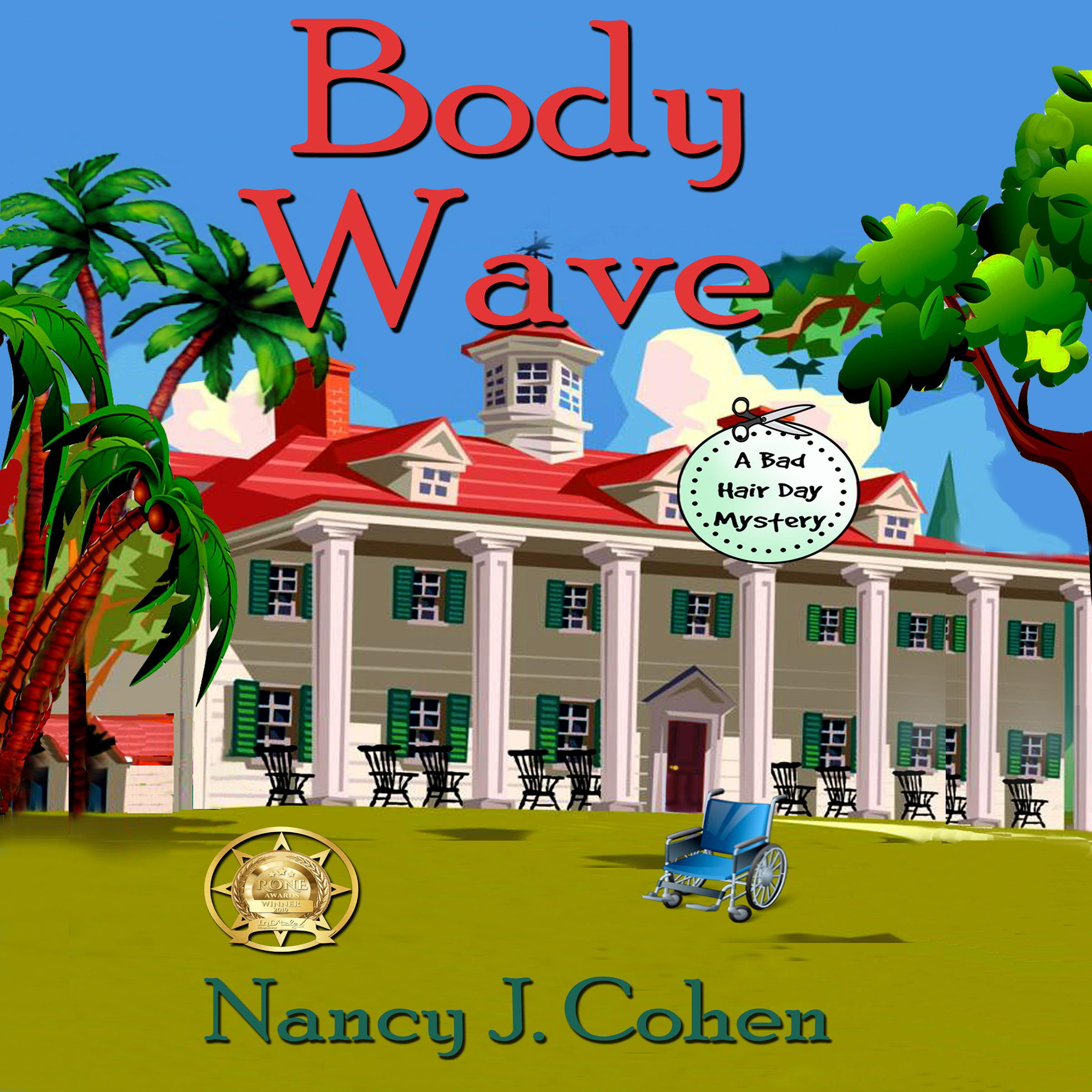Pitching Your Novel to an Editor/Agent
Are you preparing for a conference but your knees get shaky at the thought of an editor/agent appointment? Be prepared, not scared. Begin your ten minute pitch session by offering the editor or agent a handshake along with your name. If you have a business card, hand it over. Sit down and smile and state your story’s genre and word count. Mention which imprint at the publishing house you are targeting. Then continue with the following.
Do not bring your manuscript. Do not ramble on with plot details. Do have a completed book ready to submit. Do hit these high points and then let the editor do the talking.

LOG LINE: When planning your pitch, think in terms of Key Words and Hot Premises for a one line summary of your work. Look at TV Guide for examples of log lines. Examples of key words are “humorous cozy”, “legal thriller” or “courtroom drama.” Be prepared to compare your work to movies or other authors in the same genre.
Facials Can Be Fatal: Salon owner Marla Vail’s new day spa hits a snag when a client dies during a facial in this killer cozy mystery.
Warrior Lord: A fantasy wedding in Las Vegas turns into a nightmare when contest winner Erika Sherwood realizes she’s married an alien.
CHARACTERS: Don’t crowd your pitch with too many character names. In a mystery, stick with the sleuth, victim, and killer. In a romance, just the hero and heroine count. Identify your main characters by means of an adjective and a noun. i.e. sassy hairstylist, scandalous socialite, shy schoolteacher, reckless ranger, dashing detective.
OPENING HOOK: Describe the initial set up or how the story opens.
Permed to Death: Hairstylist Marla Shore is giving her client a perm when she goes into the back room to get some clean towels. She hears a loud crash, rushes back into the salon, and finds her client dead in the shampoo chair.
Warrior Prince: Mythology student Nira Larsen receives a summer job offer she can’t refuse—to act as a tour guide for a team of warriors from another planet.
MOTIVATION: In a romance, this is the internal conflict that keeps the couple apart. In a mystery, this would be why the sleuth feels compelled to get involved.
Hanging by a Hair: Marla’s husband is implicated in the murder of their neighbor. A police detective, he’s removed from the case. She means to find the killer, clear her husband’s name, and make the neighborhood safe again.
Warrior Lord: Magnor is a Tsuran swordsman who has been shunned by his tribe. Evidence pointed his way when his brother-in-law was found murdered. He took the fall for his sister, who lied him to gain his property. He doesn’t trust women who might betray a man, nor does he consider himself worthy of love since he lost his honor.
RESOLUTION: How will your characters grow and change by the end of the story? In a romance, what compromises will each person make to bring about a HEA ending? In a mystery, what insight does the main character have about herself by the final chapter?
UNIQUENESS: How is your book different from others in the genre? What special knowledge or fresh angle do you have to offer? Does the theme deal with any issues in today’s news?
SERIES OR SINGLE TITLE: If this is meant to be a series, give the overall series title and brief blurbs for the next books. If you have an overall arc for your main character, here’s where you can mention your protagonist’s inner journey.
If the editor or agent shows interest, you can briefly mention the continuing characters that will populate your stories. In the Bad Hair Day Mysteries, these include Detective Dalton Vail, who becomes Marla’s love interest. There’s her mother and other relatives, her salon colleague Nicole, and her friends Tally and Arnie. These people are part of the world you are creating. They’ll become friends to your readers.
MARKETING: What is your series marketing hook? i.e. “It’s Murder, She Wrote in a beauty salon with a South Florida slant.”
Do you have a platform? A niche audience? How do you plan to promote the book? When I was starting out with my series, I might have said: “Besides appealing to mystery lovers who like humor and a touch of romance, I’ll target people in the beauty business such as hairstylists, manicurists, and salons owners. Plus, Florida is a popular site for mysteries. People who’ve visited here or who live here like to read about familiar places.”
Are you set up with a website, blog, Facebook page, Twitter? Are you prepared to do a virtual blog tour, book trailer, and more? Show that you’re willing to work hard as a partner in marketing your work.
SELL YOURSELF: Ultimately, it’s your energy and enthusiasm that count. You have to be someone the agent or editor wants to acquire as a client. Be professional and courteous at all times. It may even be that you speak about something else you have in common, i.e. trying new recipes or touring the city sights. Then when you send in your proposal, your cover letter can state: “I enjoyed our discussion at the XYZ conference about seafood. If you recall, I’d mentioned my book….”
Restrict your pitch to the above essentials. Avoid descriptions of plot details, physical character traits, and your own personal history unless it relates to the story.
CONCLUDING THE INTERVIEW
Thank the editor or agent for their time. If they request you send them something, ask if they want to see a query letter, proposal, or the full manuscript. Also, do they prefer an email or snail mail submission? Ask for their business card before you shake hands again and depart.
FOLLOW UP: At the editor or agent’s request, mail your work to them afterward. If it’s via snail mail, which is unusual these days, mark the package “Requested Material.” If it’s an email, be sure to put in the subject line a reference to where you met, i.e. SleuthFest Conference Author. Then cross your fingers and hope for the best!
CLICK TO TWEET
Did you miss my earlier posts on Getting an Agent? Go here for Part 1 and Part 2.
<><><>
Sign up for my Newsletter for my latest book news, giveaways, sales, and events. Free book sampler for new subscribers.
Save



